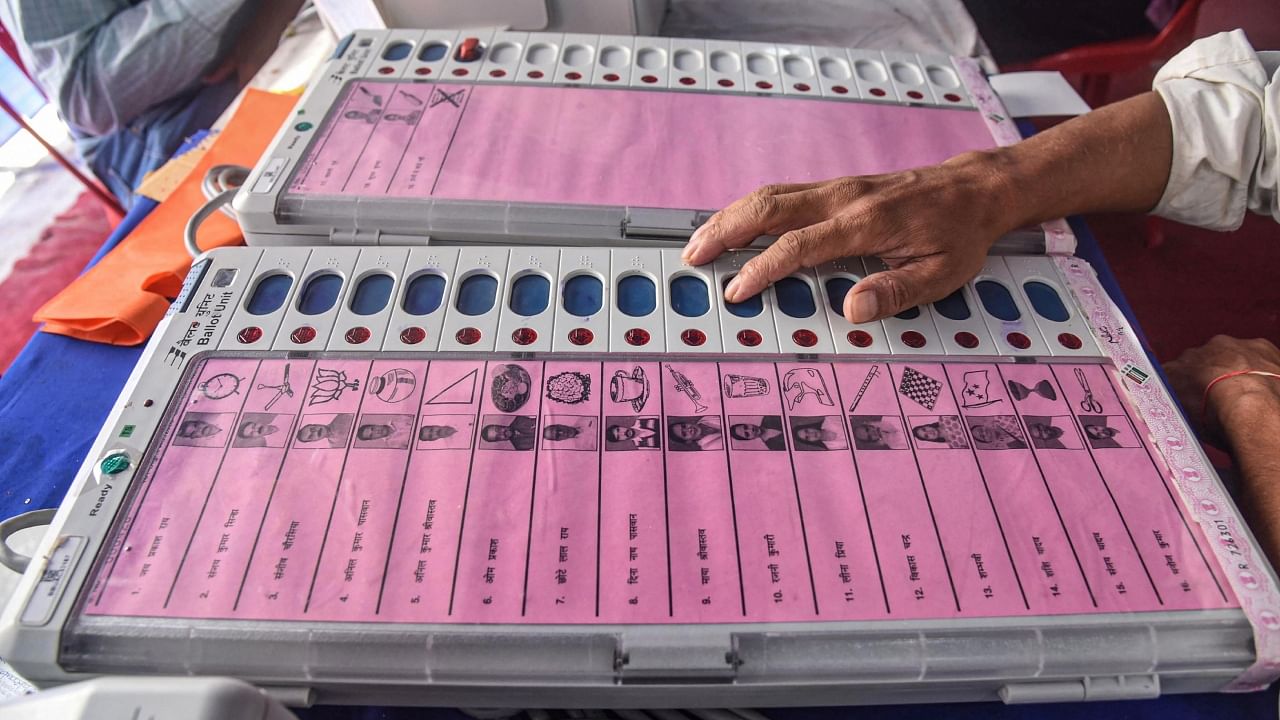
The Assembly elections in Karnataka are fast approaching, with voting slated to be held on May 10, and counting on May 13.
In these elections, like several others before it, the VVPAT system will be central in ensuring that votes cast are recorded as per the intentions of voters.
Introduced in 2013, the VVPAT system, which stands for Voter Verifiable Paper Audit Trail, comes attached with Electronic Voting Machines (EVM) and allows voters to verify that their votes are cast as intended.
How does VVPAT work?
The VVPAT system works by printing a paper slip containing the serial number, name, and symbol of a candidate for whom a vote has been cast.
This printed slip then remains exposed through a transparent window for seven seconds before it gets automatically cut and falls into a sealed drop box of the VVPAT.
Election FAQs: What are electoral bonds?
How is it used for verification?
The slips stored in the drop boxes of VVPAT machines can be used to corroborate the results of EVMs.
However, efforts to corroborate votes are only undertaken in special cases, when there are allegations of fraud or miscalculation.
When such complaints are lodged, the Election Commission of India (ECI) can call for the verification of votes via VVPAT slips.
Notably, in situations where VVPAT slips are used to corroborate votes, the paper slips are considered to hold precedence over EVM tallies.